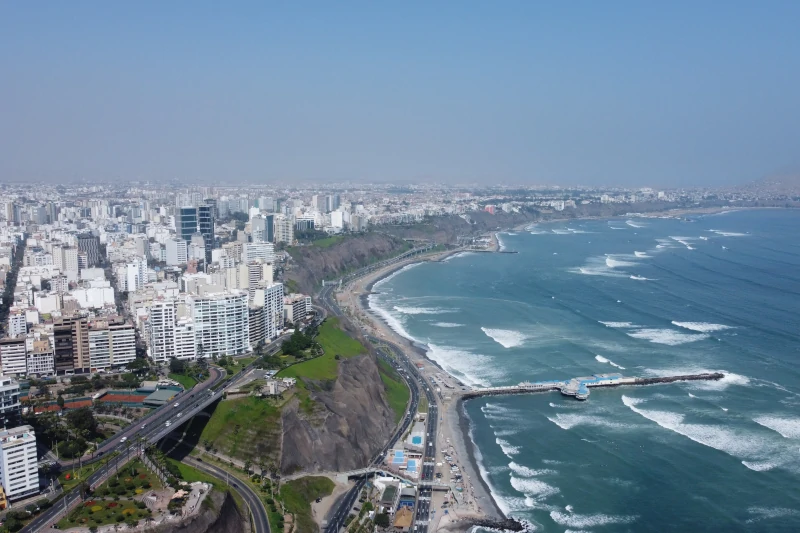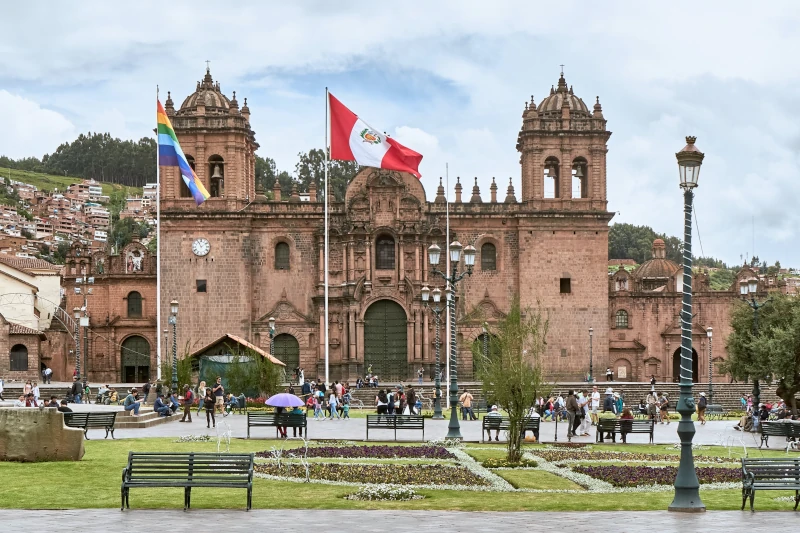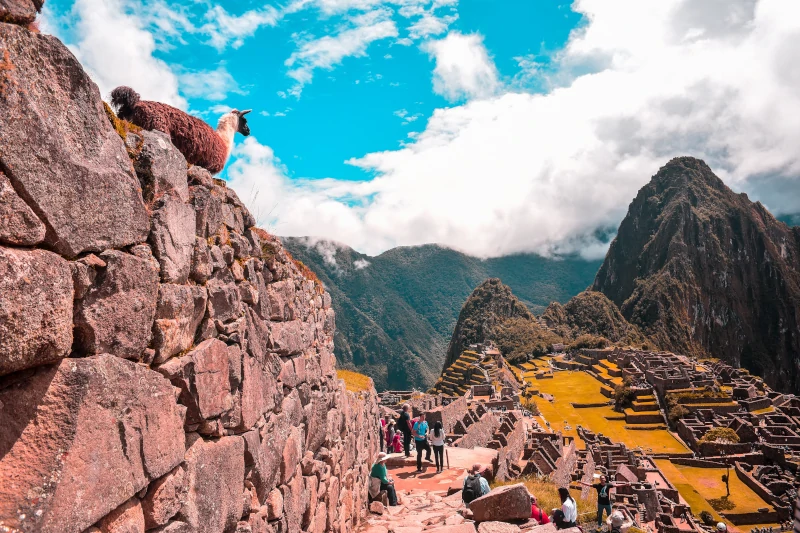Peru, a land of diversity and beauty, has long captivated the hearts of travelers and adventurers alike. Nestled along the Pacific coast of South America, this remarkable country offers a rich tapestry of history, culture, and stunning landscapes, from the ancient ruins of Machu Picchu to the vibrant streets of Lima. However, to truly make the most of your adventure, it’s essential to have a thorough understanding of Peru’s weather and seasons.
In this article, we’ll explore the fascinating complexity of Peru’s climate, delve into its distinct regional variations, and reveal the best times to visit for various activities and destinations. So whether you’re yearning to trek the Inca Trail, surf the waves of Mancora, or discover the wildlife of the Amazon rainforest, our comprehensive guide will help you plan your journey to ensure an unforgettable experience in this magical land.
Exploring Peru’s diverse climate zones: From coastal deserts to the Amazon Rainforest
Peru’s weather varies greatly across its diverse landscape. To make the most of your visit, understanding the climate is crucial. The country’s three main regions each have unique climates. These regions include the coastal desert, the Andes Mountains, and the Amazon rainforest.
The coastal region experiences two distinct seasons. From December to April, Peru’s weather is warm and humid. The remaining months are cooler, with frequent fog and drizzle. In the Andes, the climate is divided into a wet and dry season. The wet season spans from December to April, while the dry season occurs from May to November. Lastly, the Amazon rainforest has a hot and humid climate year-round, with heavy rainfall from November to April.
Surfing enthusiasts will find the best waves along the northern coast from December to March. Southern coast surfers should visit between April and October. Wildlife lovers will enjoy the Amazon rainforest’s peak animal activity during the dry season, which features less rainfall.
Peru’s weather also influences its vibrant cultural events. The Inti Raymi festival in Cusco takes place in June, attracting many visitors. Lima’s gastronomic festival, Mistura, occurs in October, offering a taste of the country’s culinary delights.
The best time to visit Peru depends on your preferred activities and destinations. Keep in mind the regional climate variations and plan accordingly. By understanding Peru’s weather and seasons, you’ll be one step closer to a memorable adventure in this enchanting country.

Key seasonal considerations: Festivals, crowds, and the optimal time for adventure
When planning a trip to Peru, considering seasonal factors is essential. Festivals, crowds, and weather can impact your experience. Peru’s weather, varying by region, plays a significant role in determining the optimal travel time.
Festivals in Peru draw large crowds and offer unique cultural experiences. The Inti Raymi festival, held in June in Cusco, is a prime example. It honors the Inca Sun God and attracts thousands of visitors. Another example is the Virgin of Candelaria, celebrated in Puno in February. This vibrant event showcases traditional music, dance, and colorful costumes.
Visiting popular sites like Machu Picchu and the Sacred Valley is best during the dry season. This period, from May to November, provides ideal conditions for hiking and sightseeing. However, it is also the peak tourist season, which leads to larger crowds and higher prices.
In coastal regions, the optimal time for beachgoers is between December and March. This period boasts warm temperatures and sunny skies, perfect for sunbathing and swimming.
When visiting the Amazon rainforest, consider the dry season from May to September. This period has fewer mosquitoes, making wildlife watching more enjoyable. However, the wet season, from November to April, allows for easier boat navigation due to higher water levels.
Key seasonal considerations like Peru’s weather, festivals, and crowd sizes will influence your travel experience. By understanding these factors, you can tailor your trip to best suit your interests and ensure an unforgettable adventure in this diverse and captivating country.

Destination-specific recommendations: Uncovering the perfect time to visit iconic Peruvian landmarks
Peru offers a plethora of iconic landmarks, each with its own ideal visiting time. Here, we present destination-specific recommendations to help you uncover the perfect moments to explore these stunning sites.
Machu Picchu, the legendary Inca citadel, is best visited during the dry season. During this time, you’ll enjoy clear skies and excellent trekking conditions. To avoid the heaviest crowds, consider visiting in April or October.
The less-explored Inca ruins of Choquequirao are also best experienced during the dry season. However, it’s worth noting that the site is less crowded than Machu Picchu, making it a great alternative for travelers seeking a quieter experience.
Cusco, the ancient Inca capital, has a pleasant climate from April to October. During these months, you can explore the city and nearby Sacred Valley with minimal rainfall. June is a particularly festive month, featuring the “Fiestas Jubilares of Cusco”.
For wildlife enthusiasts, Manu National Park offers an incredible Amazonian experience. The dry season is the best time for wildlife watching, with fewer mosquitoes and clearer hiking trails.
Iquitos, the largest city in the Peruvian Amazon, has a hot and humid climate year-round. To make the most of your visit, consider traveling during the drier months of June to September. This period has lower water levels, exposing more land for jungle treks.
Peru’s coastal cities, like Lima and Trujillo, have their own unique climates. Lima is ideal to visit from December to April, when temperatures are warmer and skies clearer. Trujillo, on the other hand, enjoys mild temperatures year-round, making it a versatile destination.
Visiting iconic Peruvian landmarks at the right time can greatly enhance your experience. By considering these destination-specific recommendations, you’ll be well-prepared to uncover the many wonders of this incredible country.


